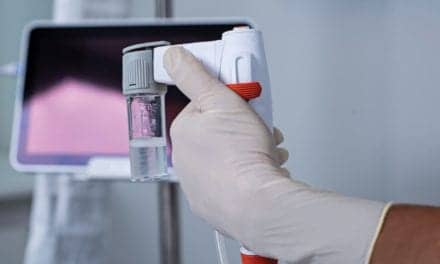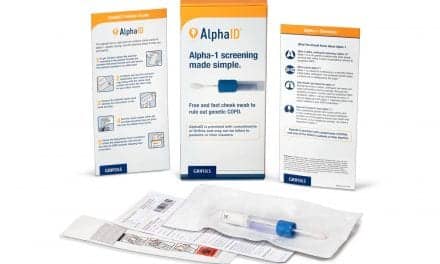The American Thoracic Society has issued a new official clinical policy statement on congenital central hypoventilation syndrome (CCHS), a disorder of respiratory and autonomic nervous system (ANS) regulation.
The statement, published in the American Journal of Respiratory and Critical Care Medicine, comes as a result of the 2003 discovery linking CCHS to mutations in the PHOX2B gene. The severity and form of the disease can be predicted based on the specific manner in which the PHOX2B gene mutates.
“This discovery confirmed what we had long believed to be true,” said Debra E. Weese-Mayer, MD, professor of pediatrics at Northwestern University Feinberg School of Medicine and chair of the guidelines committee. “Most PHOX2B mutations arise spontaneously, as long as neither parent is affected by CCHS. However, we demonstrated in 2003 that it is also possible for children to inherit the PHOX2B mutation from an unaffected parent. An estimated 5-10% of parents of children with CCHS will have mosaicism for the PHOX2B mutation, meaning that they will have the same mutation as their child, but in only a subset of their cells. These parents can pass the mutation on to their offspring with up to a 50% risk of transmission in each pregnancy.”
The new guidelines recommend several key management options for CCHS:
- Biannual, then annual, comprehensive in-laboratory and in-patient evaluation that would last for several days, and which would include:
- Physiological studies during wakefulness and sleep to assess ventilatory needs during different activities and sleep to ascertain safe conditions and ventilatory management recommendations;
- Endogenous and exogenous gas challenges and autonomic testing to characterize the extent of compromise and to ascertain safe conditions;
- 72-hour Holter monitoring of heart rhythm to identify asystoles, where the heart temporarily stops beating;
- Echocardiograms to screen for effects of low oxygen; and
- Comprehensive neurocognitive testing to measure success of the management and offer intervention options.
- Barium enema or manometry and/or full thickness rectal biopsy for patients with a history of constipation to identify Hirschsprung disease; and
- Imaging for neural crest tumors in individuals at risk based on their PHOX2B mutation.
Source: EurekAlert








